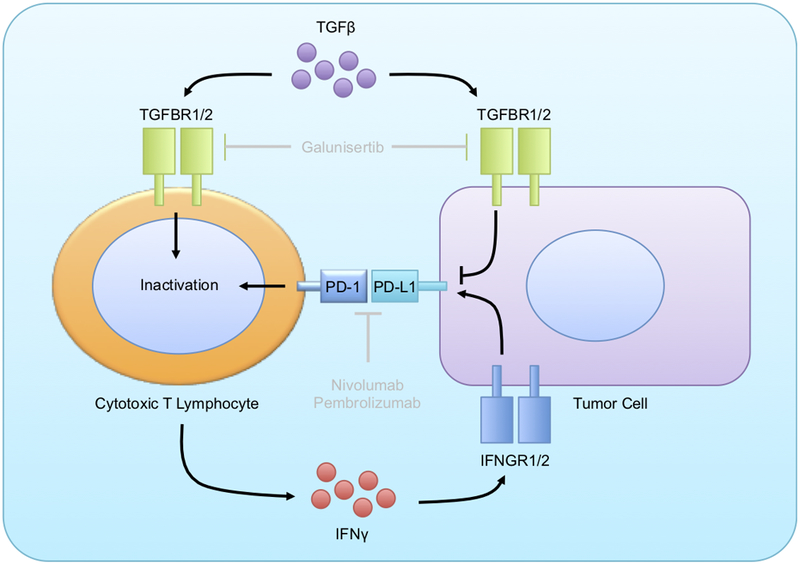Figure 4. Model for mechanism of action for combined TGFβ and PD-1 pathway inhibition.

Both TGFβ and PD-L1 are known to repress the function of CD8+ cytotoxic T-cells in pancreatic ductal adenocarcinoma. However, our data appears to suggest that TGFβ negatively regulates the expression of PD-L1 on the neoplastic epithelium, either directly (as shown) or indirectly, potentially through IFNγ as shown. Hence, pharmacologic ablation of TGFβ signals via the drug Galunisertib leads to the accumulation of PD-L1 in the cancer epithelium, failing to promote a substantial anti-tumor immune response. Hence, combination therapy with an anti-PD-1 antibody and a TGFβ pathway inhibitor is necessary to have therapeutic efficacy, and such a combination regimen warrants clinical consideration.
